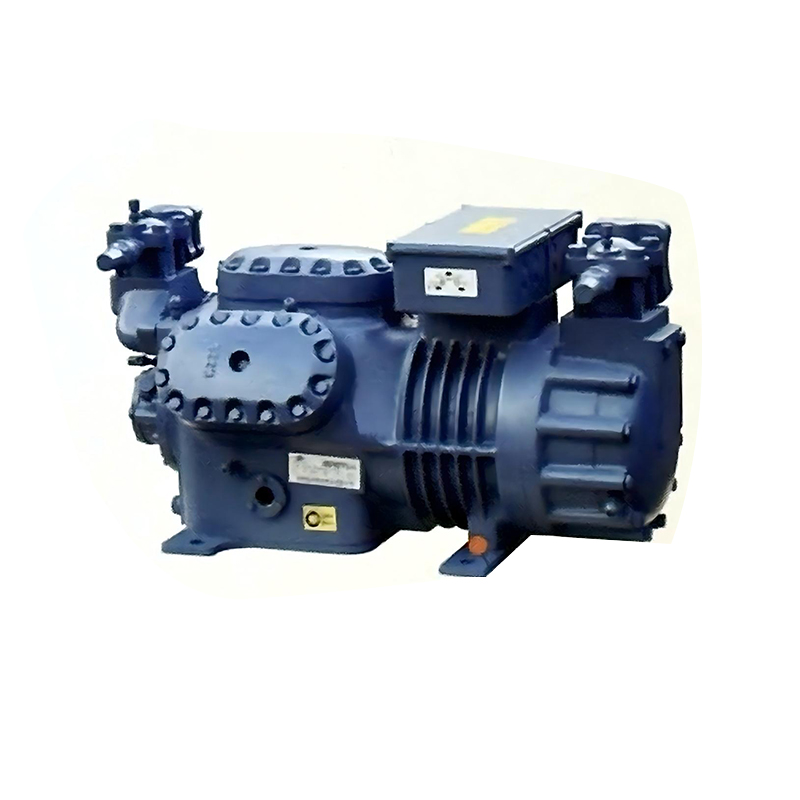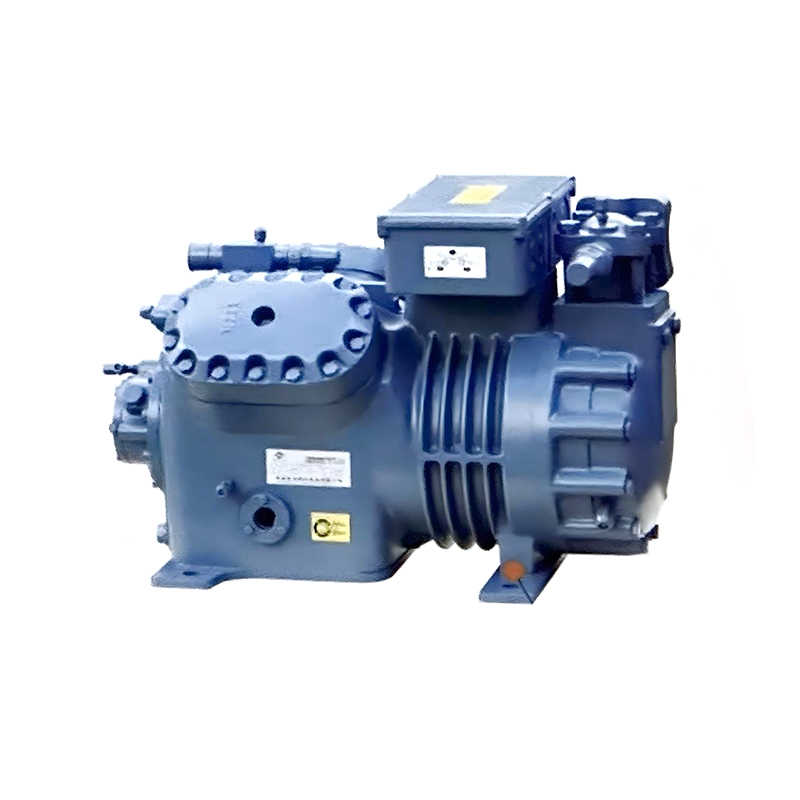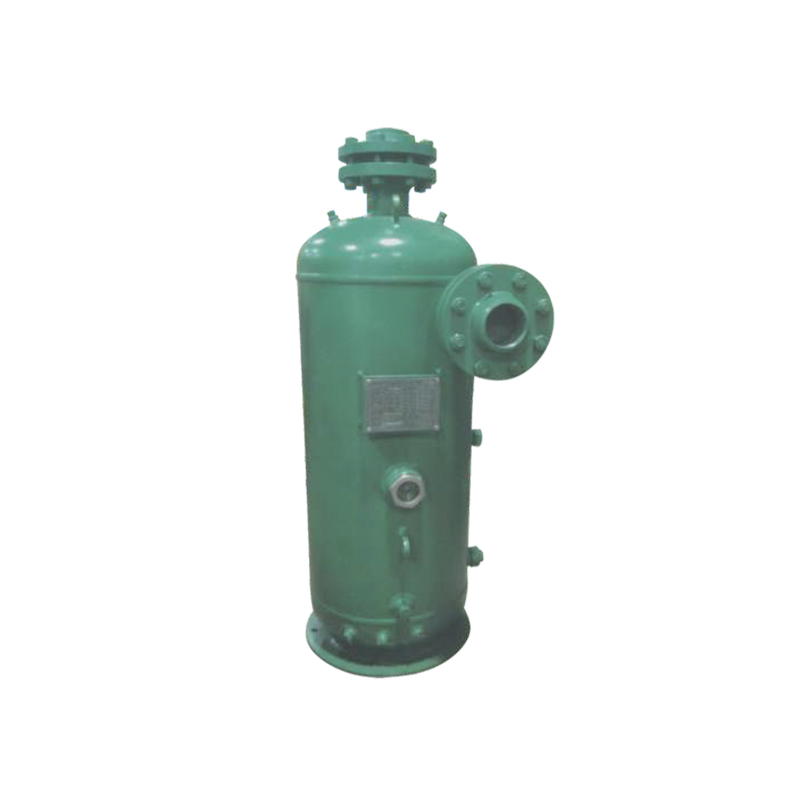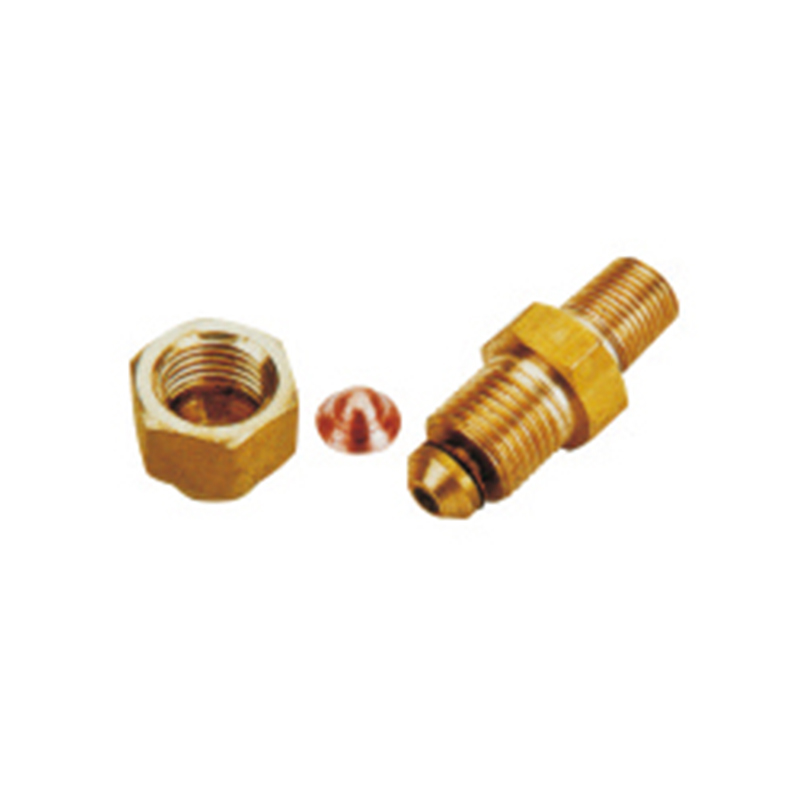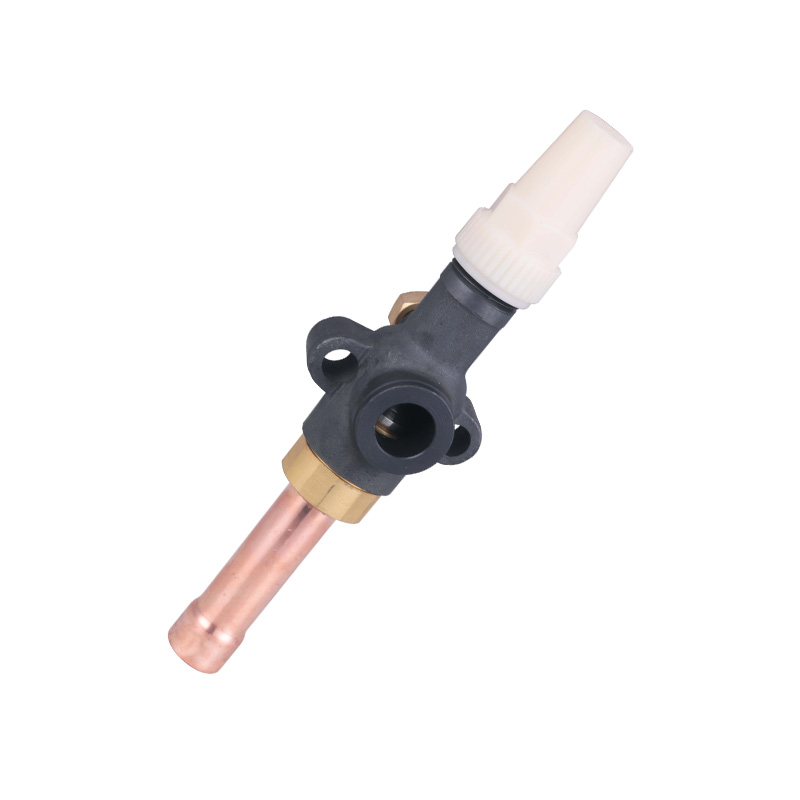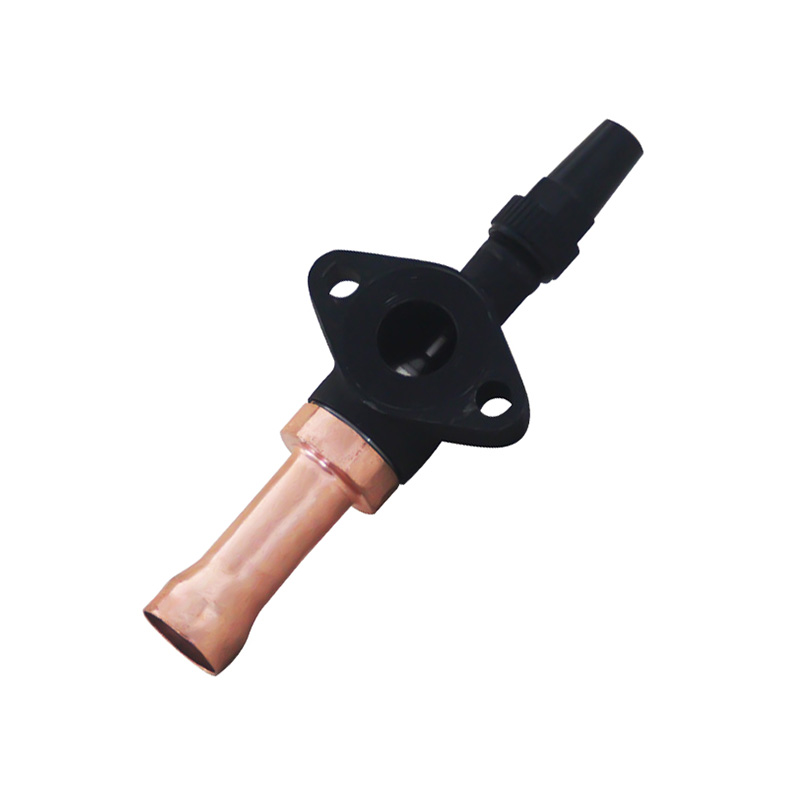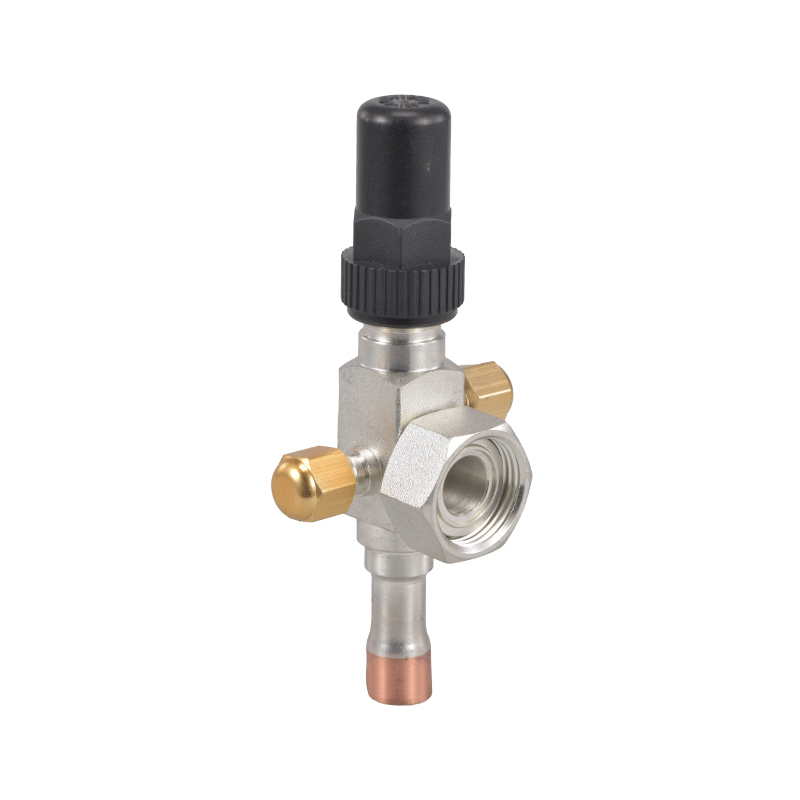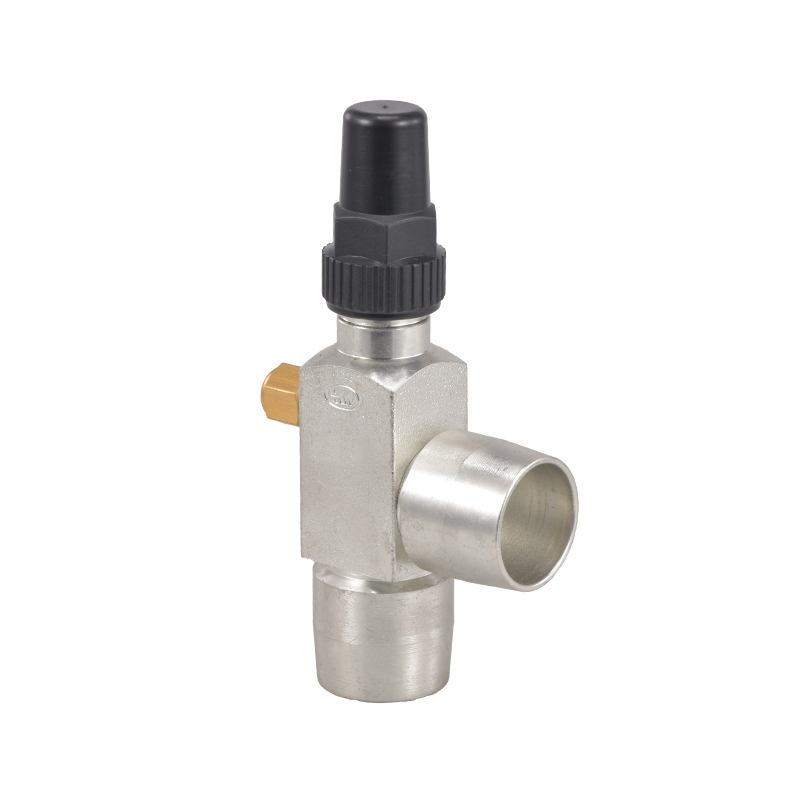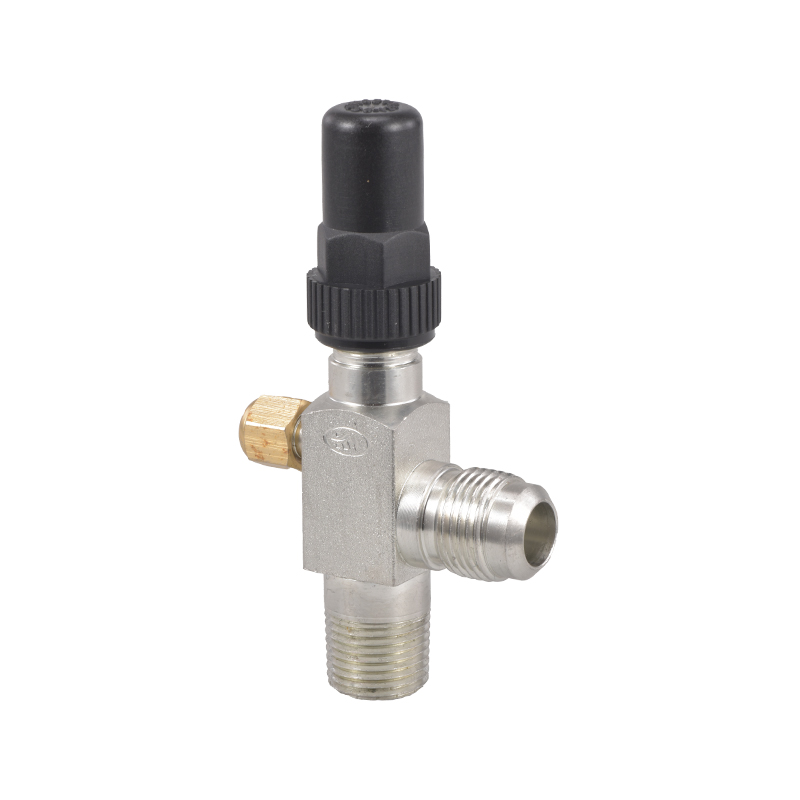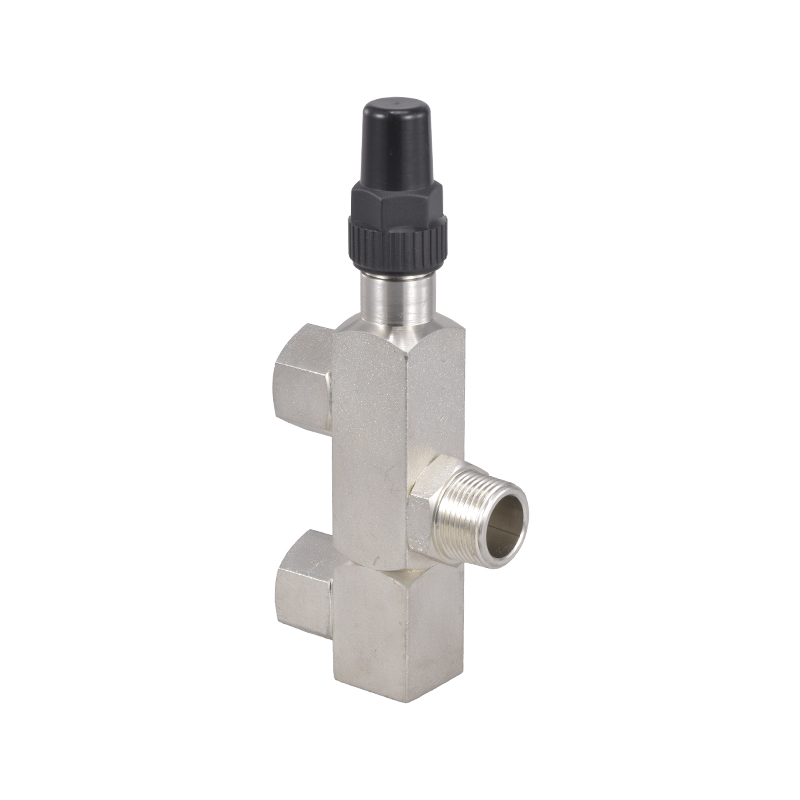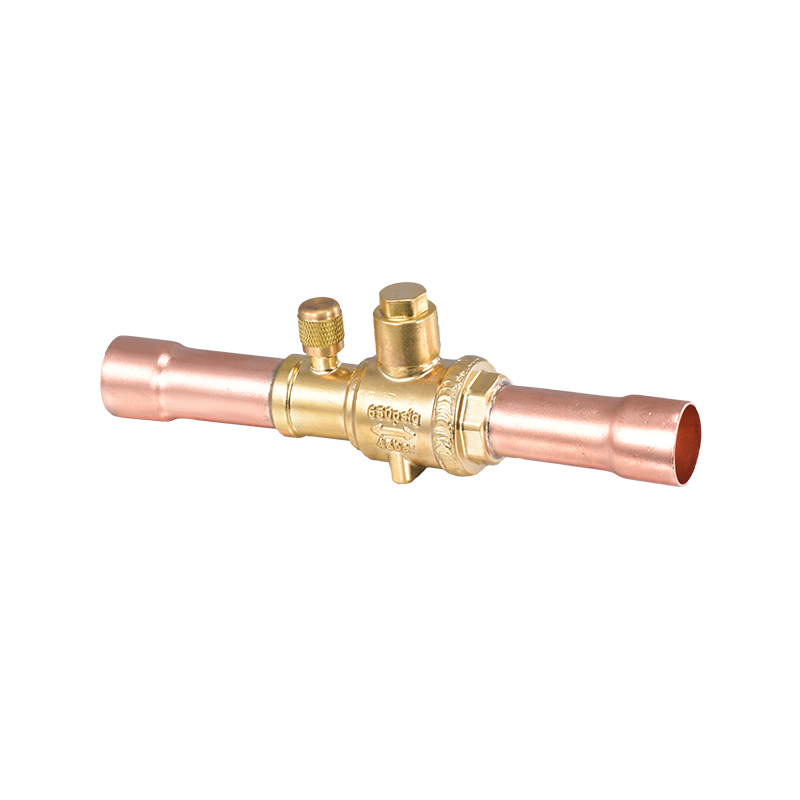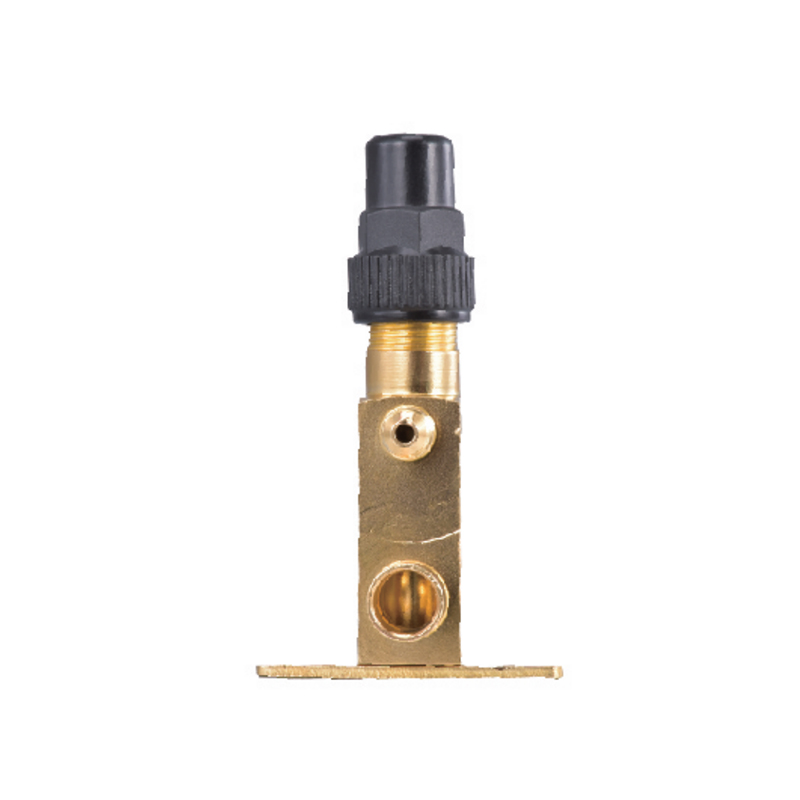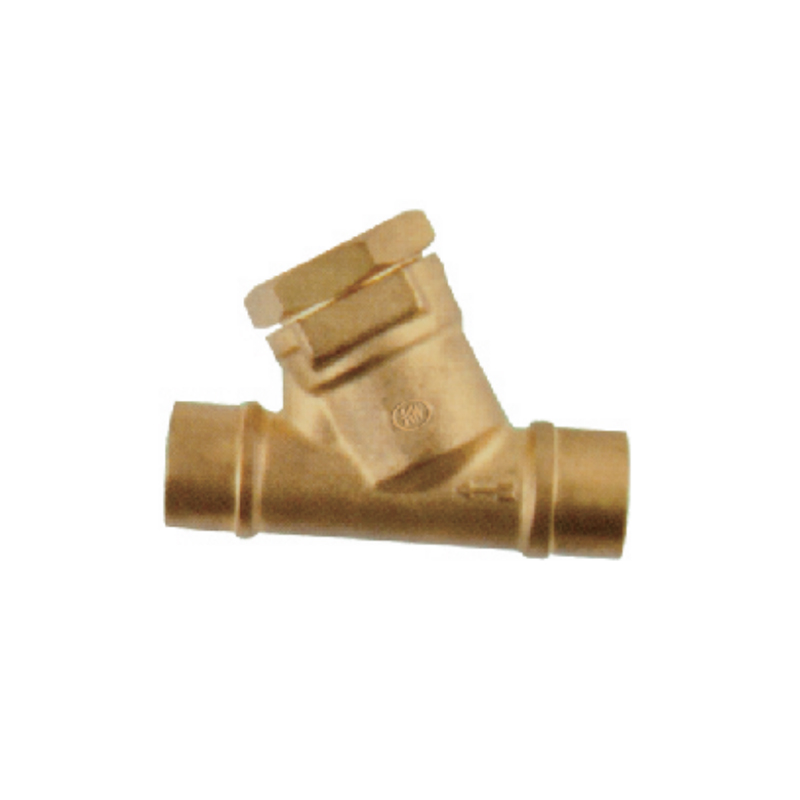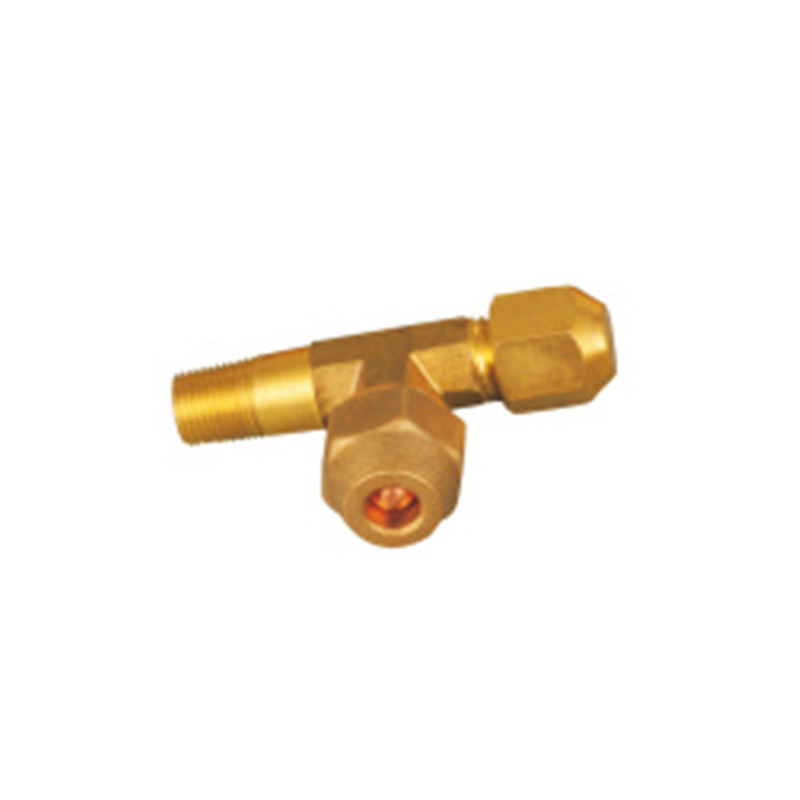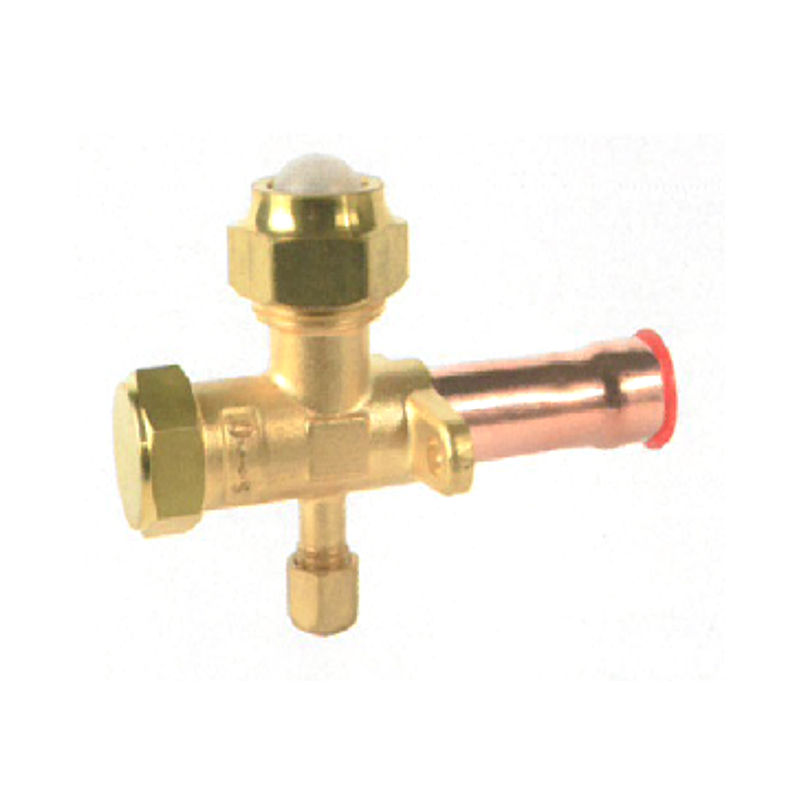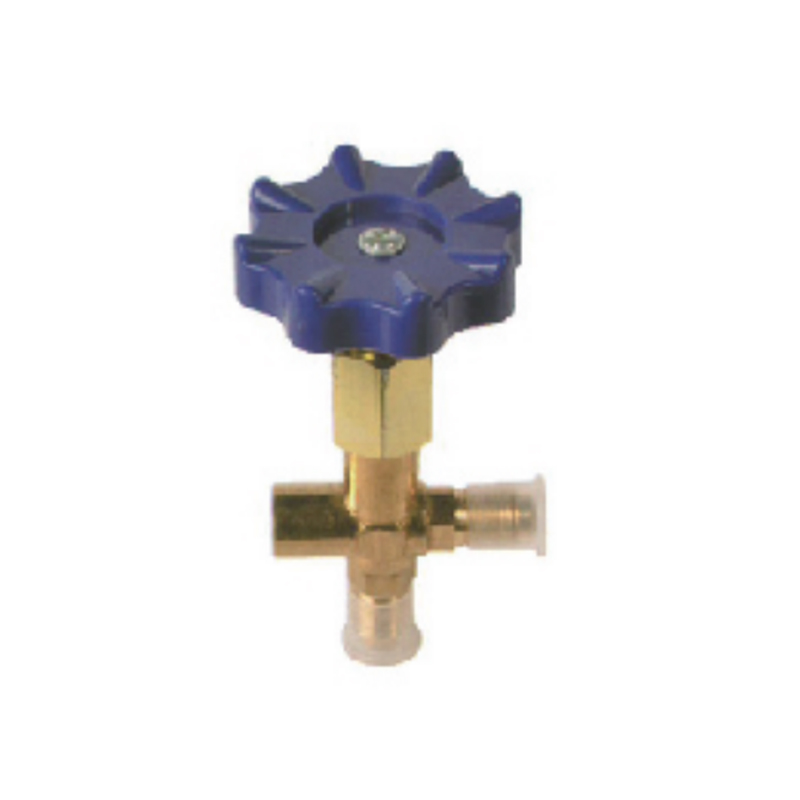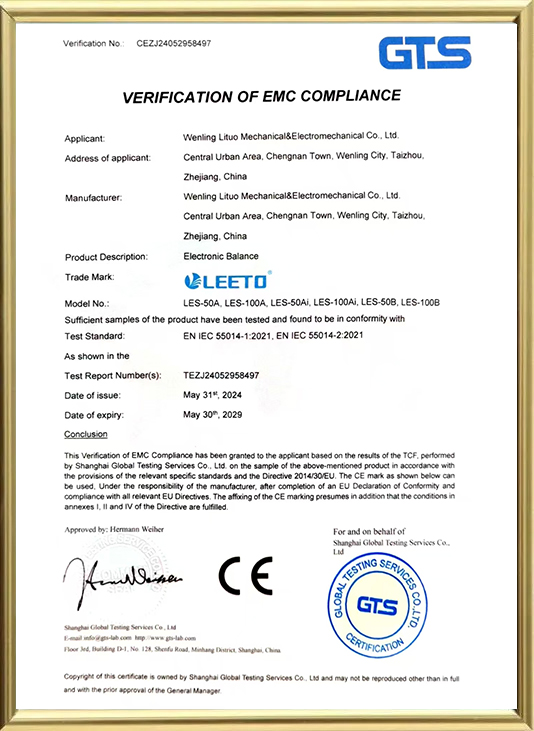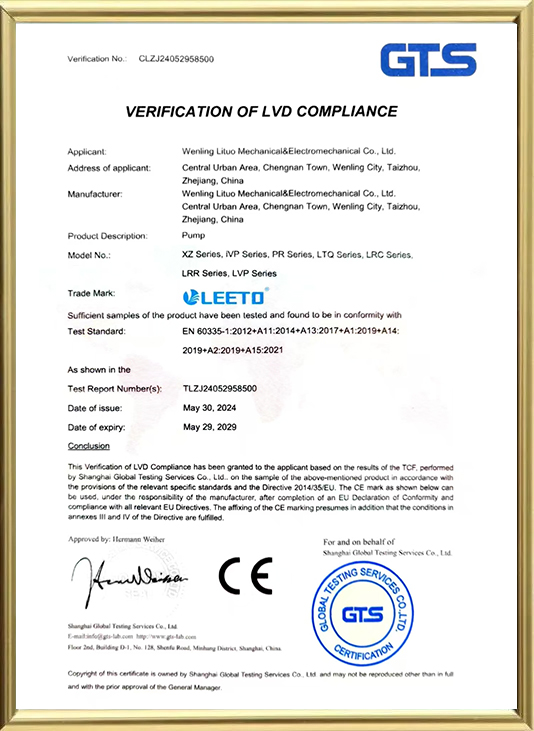The Self-Sealing Adapter Refrigeration Connector is a specialized type of connector used extensively in the HVAC (Heating, Ventilation, and Air Conditioning) and refrigeration industry. These connectors are designed to provide a secure and leak-proof connection between different components of a refrigeration system, such as pipes, valves, and other fittings. The self-sealing feature is particularly important in maintaining the integrity of the refrigeration cycle, as leaks can lead to significant energy loss and potential damage to the system.
Design and Function
Self-sealing adapters are engineered to create a tight seal without the need for additional sealing materials like gaskets or O-rings. The design typically involves a one-piece construction that combines the sealing mechanism with the adapter itself. This can be achieved through various methods, such as a spring-loaded seal or a compression seal that conforms to the shape of the mating surface.
The self-sealing mechanism works by creating a compression fit when the connector is tightened onto the mating component. As the threads are engaged, the sealing element within the adapter is compressed, creating a seal that is both reliable and resistant to the pressures and temperatures typically found in refrigeration systems.
Materials and Construction
Self-sealing adapters are made from brass that can withstand the corrosive nature of refrigerants and the varying temperatures within a refrigeration system. The choice of material can also impact the adapter's compatibility with different types of refrigerants and the overall longevity of the connector.
The construction of these adapters must be precise to ensure a proper seal. The threads must be machined to exacting standards to ensure a secure fit, and the sealing element must be designed to withstand the pressures and temperatures it will encounter. This precision manufacturing helps to minimize the risk of leaks and system failures.
Applications
Self-sealing adapters are used in a variety of applications within the refrigeration industry. They are commonly found in commercial and industrial refrigeration systems, such as those used in supermarkets, cold storage facilities, and industrial processes that require cooling. They are also used in air conditioning systems, both residential and commercial, to connect components like condensers, evaporators, and expansion valves.
Advantages
1.Leak Prevention: The primary advantage is the reduced risk of leaks due to the integrated sealing mechanism.
2.Ease of Installation: These connectors can be installed more quickly and with less risk of error, as there is no need to handle or install additional sealing components.
3.Cost-Efficiency: By eliminating the need for gaskets or O-rings, self-sealing adapters can reduce material costs and waste.
4.Reliability: The integrated design of these adapters can lead to more reliable connections, reducing the likelihood of system failures due to leaks.
Maintenance and Care
While self-sealing adapters are designed for durability and reliability, they still require proper maintenance to ensure their longevity. This includes regular inspections to check for signs of wear or damage, as well as ensuring that they are tightened to the correct torque specifications. Over-tightening can damage the sealing element, while under-tightening can lead to leaks.
The Self-Sealing Adapter Refrigeration Connector is a critical component in the efficient operation of refrigeration systems. Its design, which integrates a sealing mechanism into the connector itself, offers significant advantages in terms of leak prevention, ease of installation, and overall system reliability. As the HVAC and refrigeration industry continues to evolve, the demand for high-quality, reliable connectors like the self-sealing adapter will remain essential for maintaining the performance and longevity of these critical systems.




 English
English русский
русский Deutsch
Deutsch
